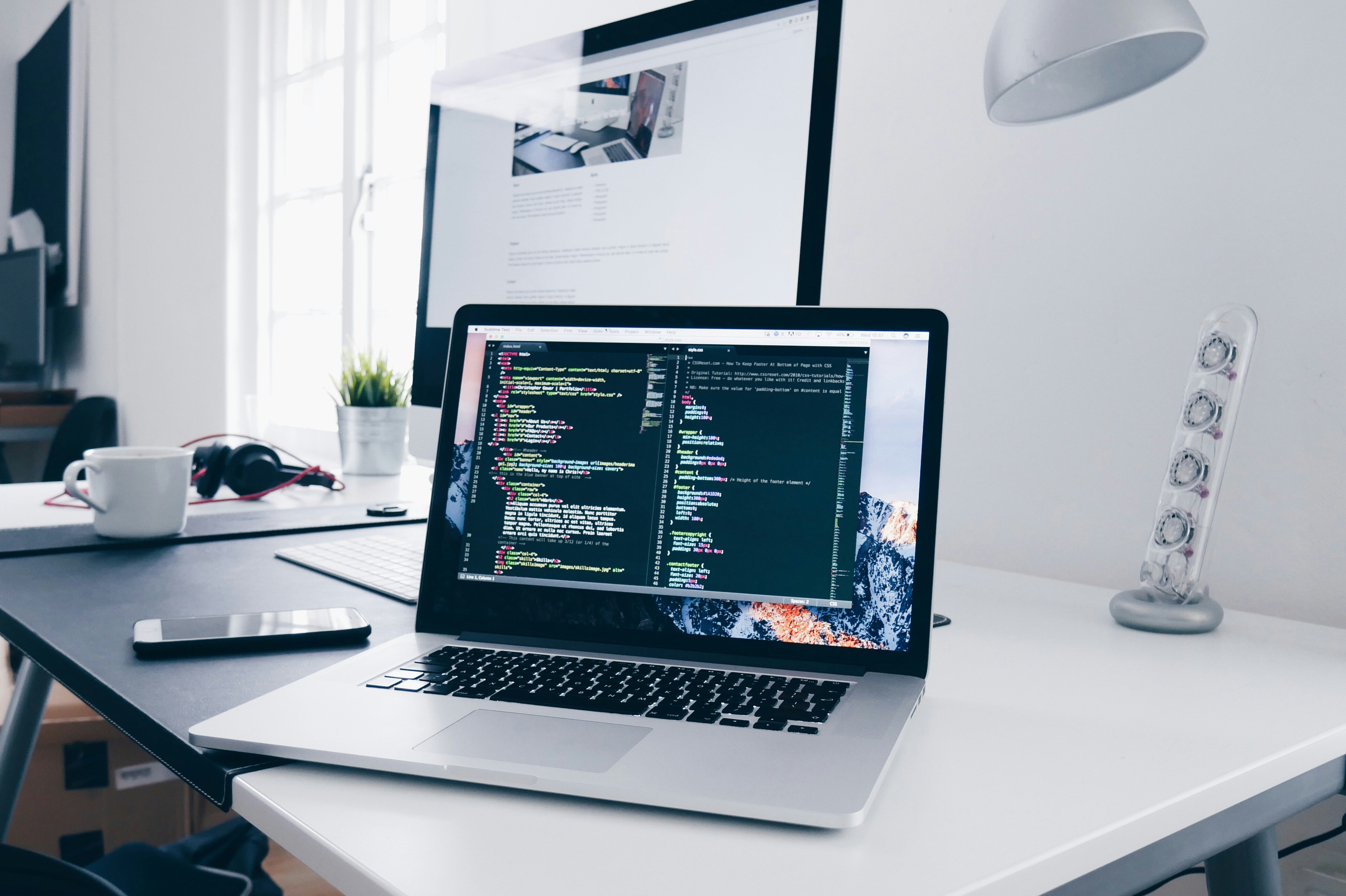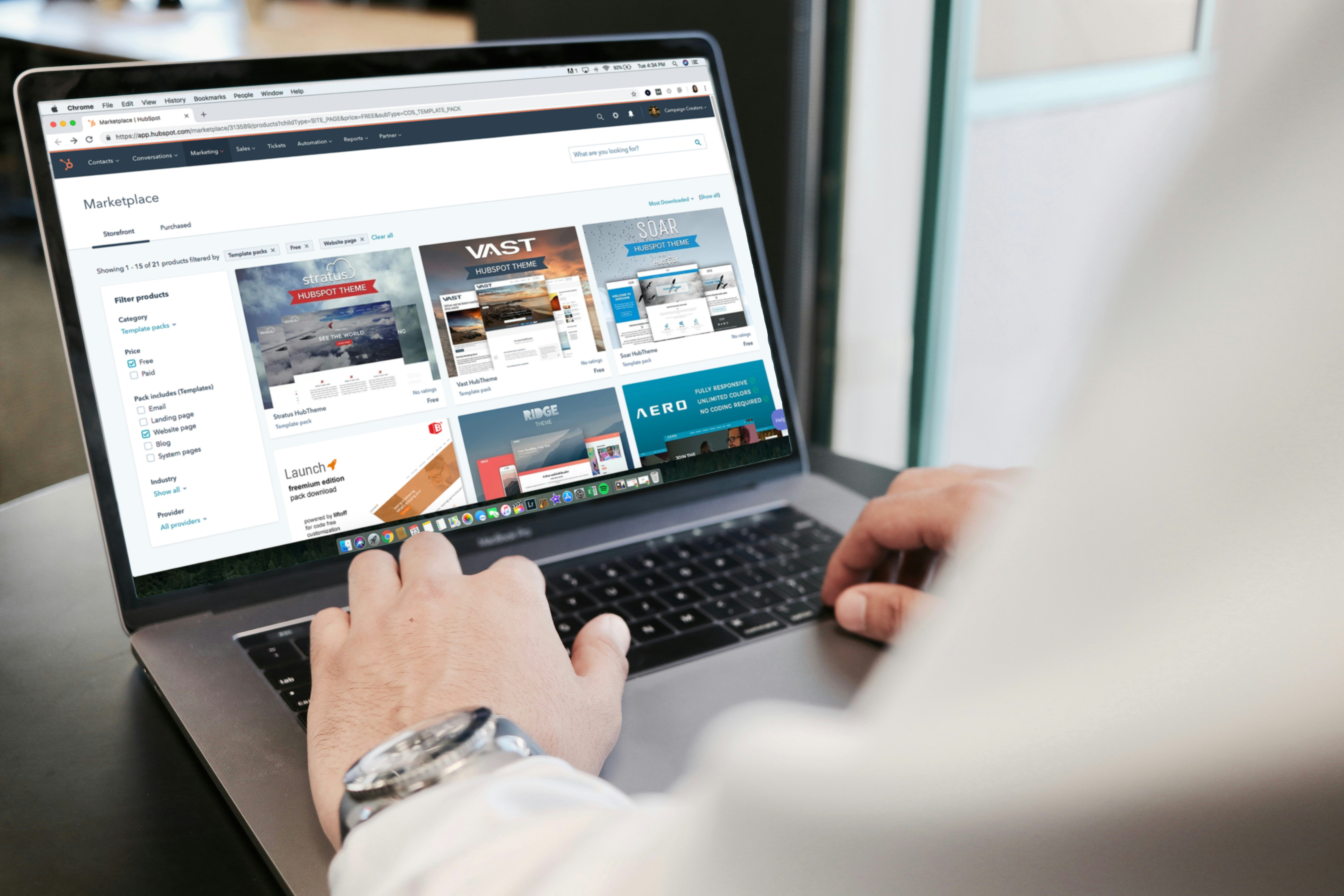Instead of abrupt starts and stops, easing functions create a sense of acceleration and deceleration. Use ease-in for gradual starts and ease-out for soft landings.

Making Motion Work for UI Design
Motion should serve a purpose—whether it’s drawing attention, providing feedback, or making navigation smoother.
Master Easing for Natural Flow: Easing functions like ease-in-out mimic the way objects move in the real world, making animations feel fluid rather than mechanical.
Use Keyframes to Tell a Story: A simple movement can be enhanced with keyframes that introduce rotations, bounces, or gradual scaling effects.
Integrate Motion into User Interactions: Animations triggered by clicks, drags, or hovers add an extra layer of engagement and responsiveness.
Improve Navigation with Scroll-Based Animation: Content that appears dynamically as users scroll creates a sense of flow and progression.
When used thoughtfully, animation enhances both aesthetics and functionality.

Animations should feel purposeful, guiding users through interactions in a way that feels intuitive and engaging.
Easing for Smooth Transitions: Avoid abrupt movements by using easing functions that slow down motion naturally.
Keyframes for Layered Motion: Multi-step animations make interactions feel richer, adding depth and personality to UI elements.
Motion-Enhanced Interactions: Buttons that expand on hover or elements that react to drag movements make the experience more immersive.
Scroll-Based Motion for Dynamic Layouts: Content that loads progressively as users scroll creates a more engaging experience.
Posted on:
November 12, 2024


